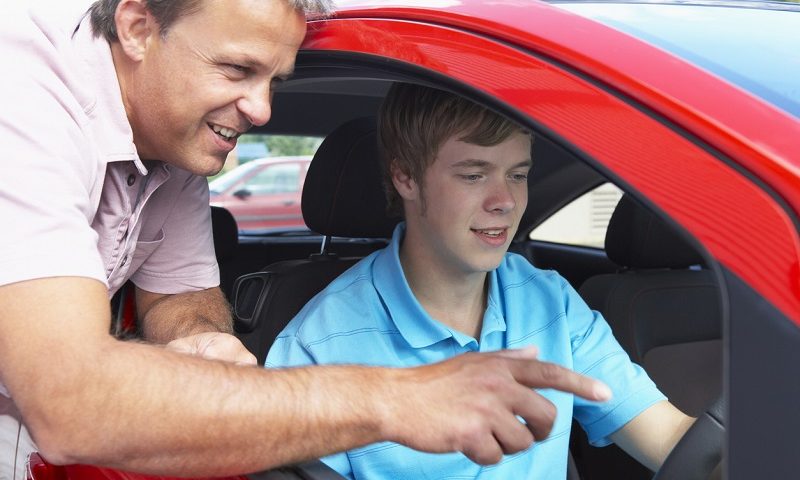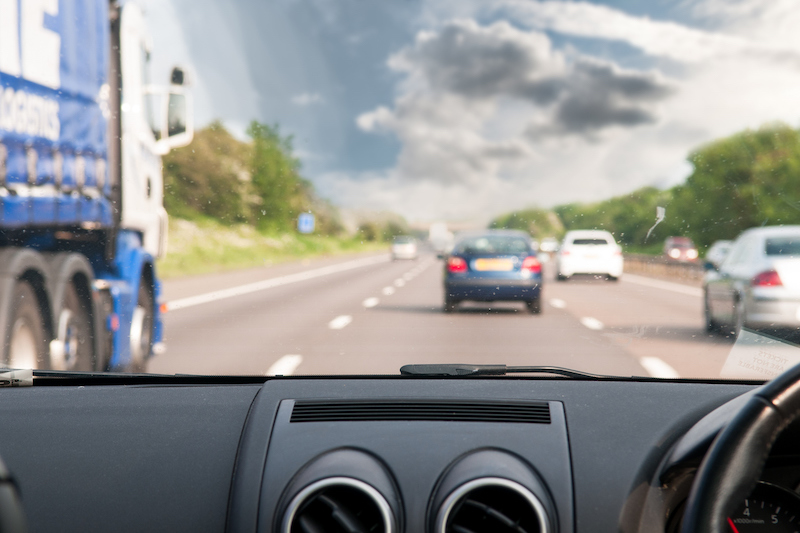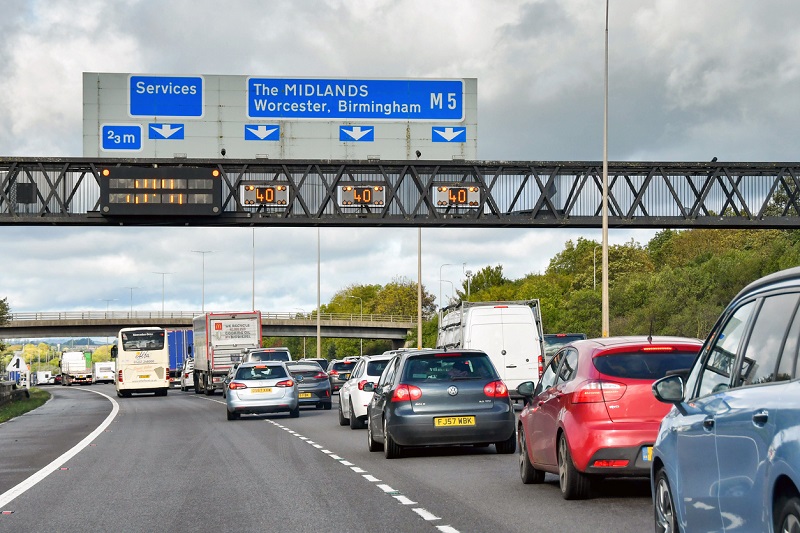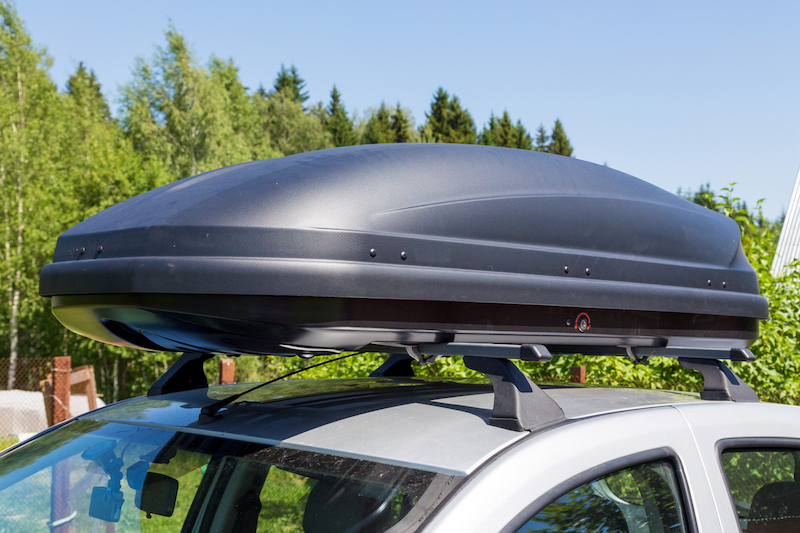How to supervise a learner driver

Would you feel comfortable giving a family member or friend some driving practice as they prepare for their test?
Tests and lessons have now restarted in England, but a pandemic-induced backlog means thousands of learners still face long waits in order to get the chance to wave goodbye to their L-plates.
Driving practice is crucial to making sure they don’t lose the skills they’ve already learned and may make the difference between getting that first-time pass. But before you jump in the passenger seat and say “mirror, signal and manoeuvre,” have a look at our essential guide and get up to speed with the law, and tips to create the best learning environment.
Learner checklist
Before you start supervising a family member or friend to drive, they must:
- Be 17 years old
- Have a provisional driving licence (Great Britain and Northern Ireland)
- Have insurance if they’re driving their own car – that also covers you
Supervisor checklist
Check that you yourself meet all the legal requirements before you supervise family or friends. You must:
- Be over 21 years old
- Have had your full driving licence for 3 years (issued in the UK, the EU, Switzerland, Norway, Iceland or Liechtenstein)
- Be qualified to drive in the car you’re going to supervise in, i.e., manual, or automatic
- Have insurance that covers you and the learner driver – check you’re able to supervise them as some providers may require you to be over 25
Beware! A learner driver can be fined up to £1,000 and get up to 6 penalty points on their provisional licence if they drive without the right supervision.
Vehicle requirements
Before you get out on the road with a learner driver, make sure your car’s paperwork is all up to date. It must:
- Be registered with the DVLA
- Have up-to-date vehicle tax
- Have a valid MOT certificate
- Be roadworthy
- Display L plates on the front and back of their car. In Wales, you can use D or L plates. The letter should be red, on a white background and the correct size (178 mm x 178 mm)
Beware! You can get 6 penalty points on your licence if you don’t display an L plate, or if it’s not the right size.
Brush up on your driving knowledge
You’ll need to be that extra pair of eyes on the road when you’re supervising so it’s important that you and the learner driver are up to date with all the current road safety rules and laws.
It might’ve been a while since you’ve passed your own driving and theory test, so familiarise yourself with the rules in the Highway Code (England, Scotland, and Wales) to help the learner to drive safely, and keep all road users and pedestrians safe. Remember, there’s a different version for Northern Ireland. As ever, it’s of course illegal to use a mobile phone while you’re supervising.
Plan your route
Getting used to various roads and traffic environments can boost a learner’s confidence. Think about their level and discuss with them the roads they’ll feel comfortable with and then plan a route. If they want to practise a particular manoeuvre, think about the best roads they can do this on.
Stay calm
Learners already have to deal with impatient drivers on the road while practising, so make sure you stay calm. Try not to shout or get angry with them as it may take their attention off the road and lead to dangerous distraction.
Start with short lessons at the beginning so you both know what to expect, then gradually build up to longer ones. Focus on giving positive instructions rather than lots of ‘don’ts.’ After the lesson, provide feedback on what went well and tips for improvement.
For more driving advice to pass onto a learner, check out our top tips for driving in spring guide.


